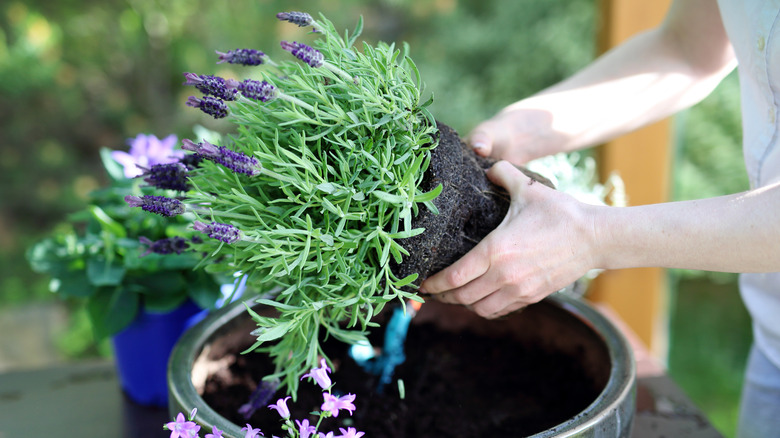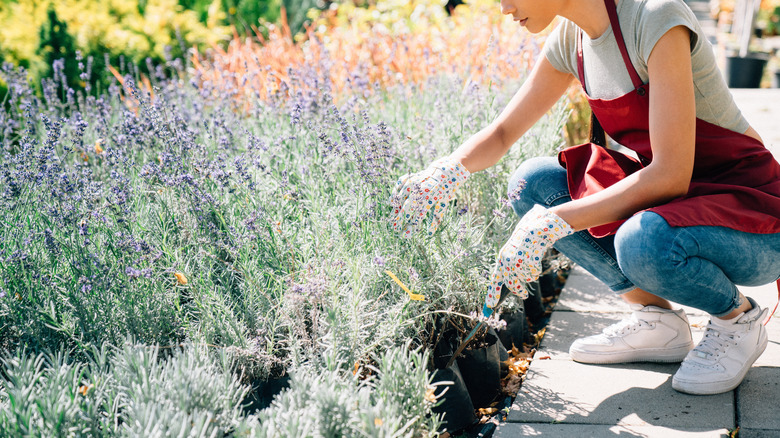How Much Space You Should Leave Around Your Lavender When Planting
With its vibrant purple flowers and aromatic foliage, lavender adds visual appeal, attracts pollinators, and releases a delightful scent that can transform any outdoor space. Providing your plants with ample space is crucial for their overall health. Proper spacing allows them to develop a robust root system, which is essential to their hardiness and growth. Good air circulation is also important to prevent diseases and promote healthy foliage. By giving your lavender plants enough room to grow and thrive, you can enjoy their beautiful purple flowers and fragrant aroma for years to come.
When determining the spacing for your lavender plants, there are a few significant factors to consider. These include the mature size of the specific lavender variety, its growth rate and sunlight requirements, and your soil conditions. By striking the right balance and providing ample space for each plant, you can ensure that your lavender thrives and flourishes, rewarding you with abundant blooms and a delightful sensory experience.
Ideal spacing guidelines
While specific spacing requirements may vary depending on the lavender variety and local growing conditions, guidelines can help you establish an ideal arrangement. For English lavender, individual plants should typically be spaced 12 to 18 inches apart. This allows enough room for the plant to develop a sturdy base while still maintaining a compact and bushy shape. French lavender, on the other hand, tends to be slightly larger, benefitting from a spacing of 2 to 3 feet. This provides ample space for their distinctive, showy flower heads to fully develop.
Arrange lavender in rows or clusters, maintaining the recommended spacing between individual plants to allow for an aesthetically-pleasing grouping while ensuring proper plant development. When growing lavender as a container plant, it's also important to consider the size of the container and the specific variety of lavender being grown when spacing the plants. Typically, it's best to plant only one lavender plant per pot.
Monitoring and adjusting spacing
Keep an eye on the growth of your lavender and take note of any signs of overcrowding — if foliage or stems start to become intertwined, your lavender is planted too closely together. If you notice this, it may be necessary to adjust the spacing. While dividing mature lavender plants is a common method, it may not always be the ideal solution. Lavender plants have a reputation for being sensitive to root disturbance, and dividing them can disrupt their established root systems, potentially causing stress and poor growth.
Instead of immediately resorting to dividing the plants, an alternative approach is to selectively remove whole lavender plants to create more space for the remaining ones. Carefully dig up the excess plants, ensuring minimal disturbance to their root systems, and either replant them in another area of your garden or share the extra lavender with fellow gardening enthusiasts. This method helps alleviate overcrowding without subjecting your lavender to the potential stress of division. However, prevention is always better than correction. By providing each plant with adequate room to grow, you can minimize the need for future interventions.


